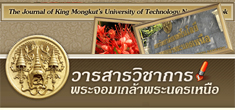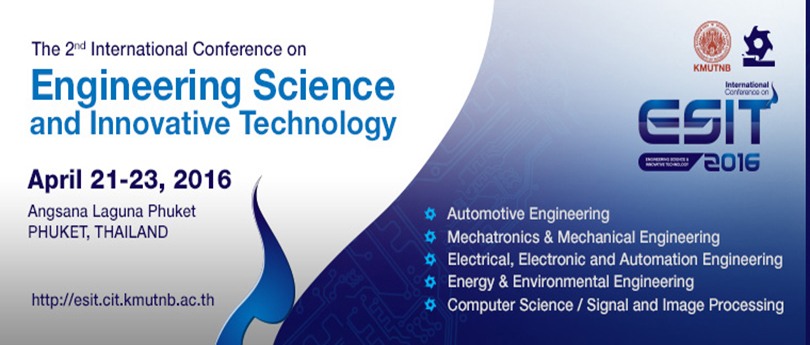Abstract
This research aims to study the carbonation of concrete partially replaced fly ash, ground granulated blast-furnace slag (GGBS) and limestone powder in ordinary Portland cement (OPC). The concrete 100 x 100 x 100 mm specimens were used in this study. The concrete samples were cured in water for 28 days, and then exposed to carbon dioxide. Concrete specimens were divided in two parts. The first part was exposed to carbonation in carbonation catalyst chamber for 90 days. The second one was placed in the atmosphere exposed to carbon dioxide at kilometer No.52 on Phetkasem Road, Muang district, Nakhon Pathom Province for 90, 180 and 270 days. The results indicated that the carbonation of concrete with fly ash and concrete with GGBS was significantly higher than that of OPC concrete, while the carbonation of concrete with limestone powder was close to that of OPC concrete. Furthermore, the carbonation of concrete in carbonation catalyst chamber, having more carbon dioxide, was greater than that of concrete in atmosphere exposed. In addition, the carbonation coefficient of concrete with fly ash and concrete with GGBS was higher than that of OPC concrete, while the carbonation coefficient of concrete with limestone powder was nearly the same when compared to that with OPC concrete. Finally, the carbonation depth of concrete exposed to carbon dioxide in the real situation can predict from the depth of carbonation of concrete in accelerated situation.
Keywords : Concrete, Carbonation, Carbonation coefficient, Real situation, Accelerated situation




